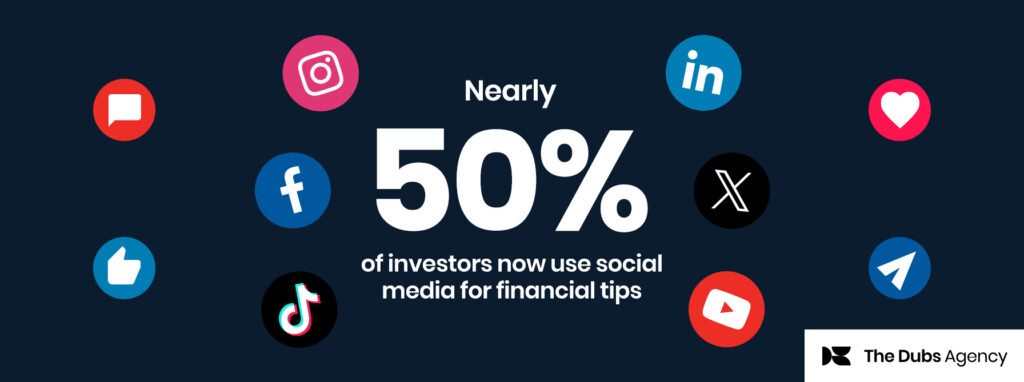Articles may form the bulk of content marketing calendars but we’re about to see a shift as the growing uptake of wearable technology drives demand for different types of content – and not necessarily written.
In 2016, wearable tech really took off with the Apple Watch, VR headsets and devices to assist with everything from mental health and fitness to fashion and jewellery breaking into the mainstream. And uptake is predicted to grow 35% year-on-year until 2019, with smart watches forecast to account for 70% of devices shipped globally. This year alone, we are predicted to buy 180 million wearable items.
Financial institutions have been quick to capitalise on the trend: Visa’s payment ring was used by Visa-sponsored athletes at the Rio 2016 Olympic Games; health insurance company Vitality is offering the Apple Watch at a reduced price in return for customers hitting a certain level of daily activity, cleverly reducing both the likelihood of sedentary-lifestyle-induced diseases and future claims.
But, as technology evolves, so too will the way consumers engage with content. So how will this change the way we deliver content marketing campaigns and what do we need to be aware of for the future?
Rethinking content types
Smartwatches may be hailed as the next big thing, but their screens are so small even short-form articles won’t read well. Content needs to adapt accordingly.
Traditional articles will have their place, but will no longer be the bread and butter of content marketing strategies. Written content will need to be easily – and quickly – consumable. When it comes to copy, it’ll be about micro interactions driven by snappy, instantly accessible headlines. This style of communication, currently the mainstay of social media, could become the ‘norm’.
Conversely, audio is likely to surge in popularity. Now they’re becoming cheaper and easier to produce, podcasts have been gaining traction. People are listening to them on the commute to work or while exercising, binge-listening in the same way we gorge on Netflix. We’re also likely to see an increase in video and graphic-based content.
When it comes to copy, it’ll be about micro interactions driven by snappy, instantly accessible headlines
Geolocation and real-world interaction
‘Mobile first’ has become our mantra: wearables by their very nature are hyper-mobile. This offers businesses an opportunity to enhance customers’ real-time experiences with targeted content based on physical location. It’s about taking Local SEO one step further: where is your customer and what might they need right now? Instead of targeting a town or region, companies will be able to pinpoint far more specific areas: streets, buildings, landmarks. If you’re offering genuine, relevant, timely information to your customers, you’ll build loyalty and awareness.
As a consumer, you might be served content based on personal, purchase or search history. Pop-up or interactive maps could enhance real-time, real-world experiences, overlaying them with information from previous visits (using inbound data from wearables).
Practical tips and advice could be served dependent on what’s happening where you are, the time of day or what you’re doing – letting you know when an item of clothing you’ve searched for online is on sale in the store you’re passing; offering you personalised restaurant recommendations, directions and booking a table; giving you a bespoke tour of a new city, for example.
Real world meets virtual world
2015 may have seen the end of Google Glass, but Snapchat Spectacles are predicted to be a big hit and Facebook has been busy developing Oculus Rift technology. The lines between real life and virtual worlds are starting to blur.
Virtual reality, although still in relative infancy, could open up all sorts of try-before-you-buy video content marketing opportunities: travel companies could transport you to far-flung locations for a pre-holiday taster or you might want to check out the interiors of shops, hotels or restaurants before leaving the house.
Looking ahead, we ask what will become the new gold standard in content marketing and what will continue to surprise us: graphics, holograms, augmented reality, virtual reality? We’ll just have to wait and see.
Subscribe now for content marketing insights and trends straight to your inbox.









